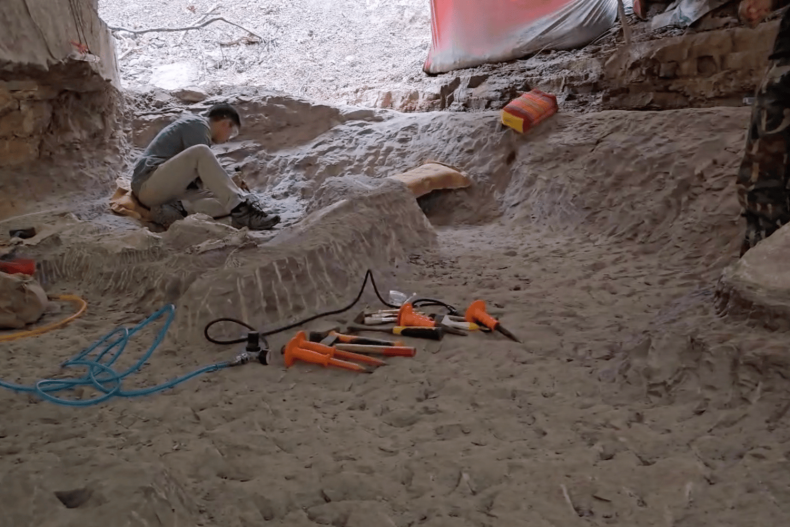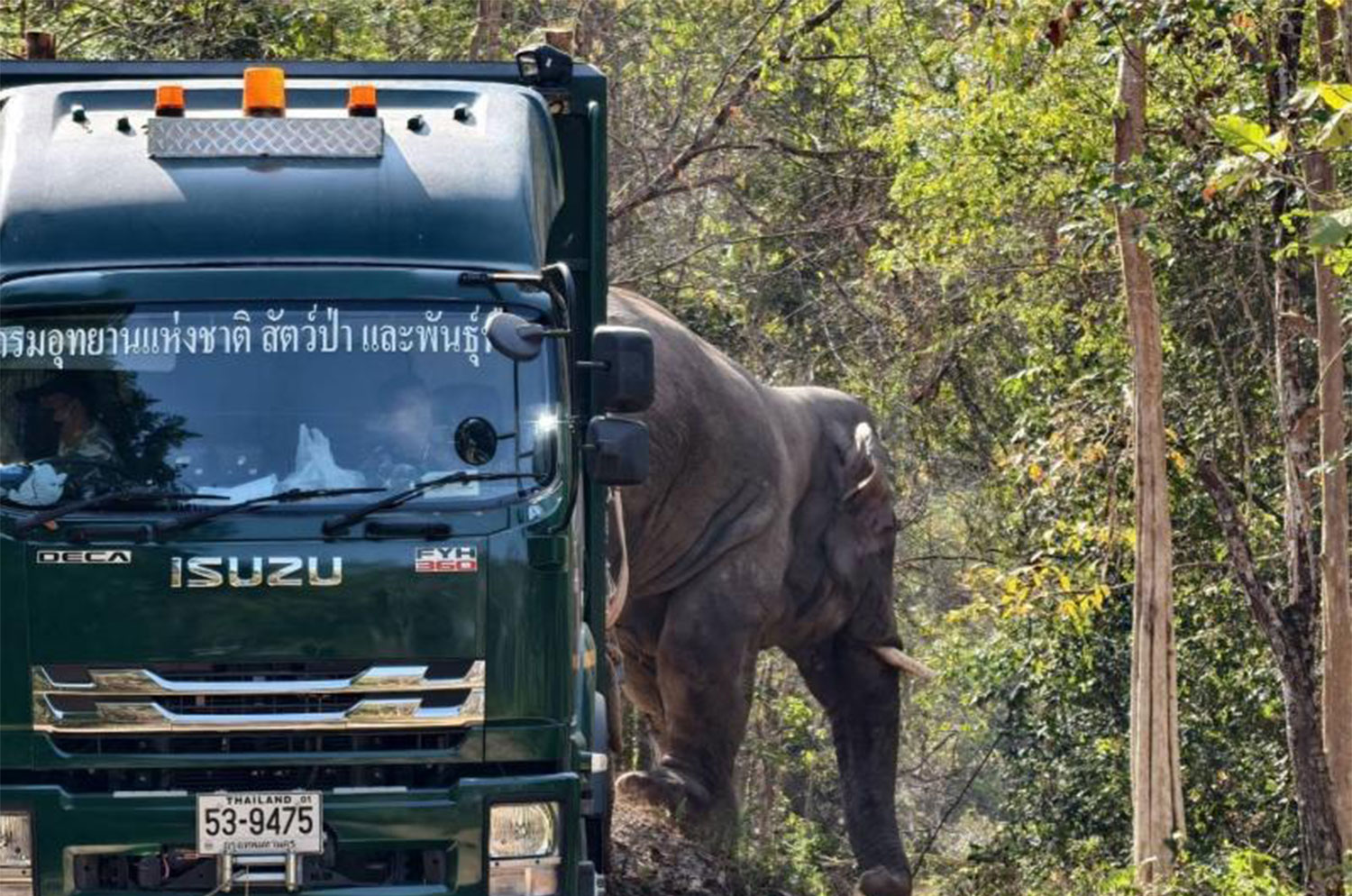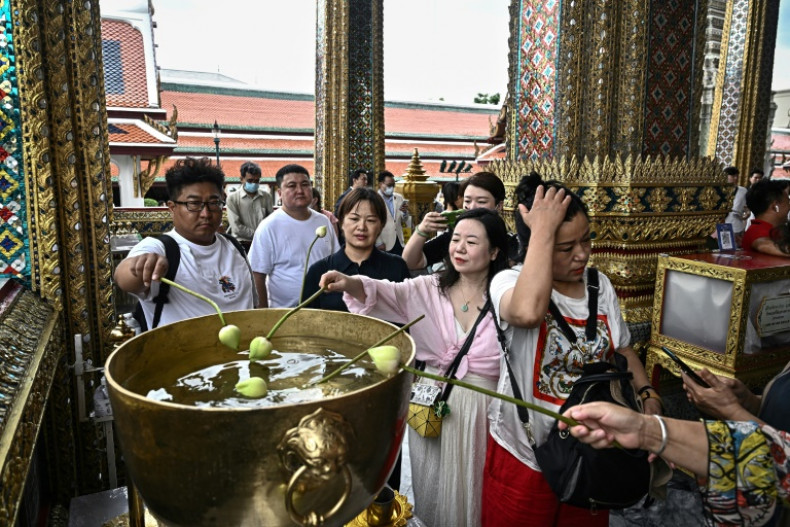Significant Paleontological Find
Sixth Fossil Strengthens Khon Kaen’s Case
Archaeologists have uncovered a sixth dinosaur fossil at Phu Wiang National Park in Khon Kaen, Thailand, enhancing the province’s push for UNESCO Global Geopark status by 2026. Led by Thailand’s pioneering paleontologist Varavudh Suteethorn, the excavation at site three, which began in February 2024, revealed vertebrae, ribs, and teeth. This discovery, potentially linked to the Brachiosaurus family, could represent a new global species, pending detailed analysis, and underscores the region’s rich prehistoric heritage.
Phu Wiang’s Growing Legacy
Excavation Highlights Park’s Importance
Phu Wiang National Park, spanning 200,000 rai of dry forest, has been a hotspot for paleontological discoveries since 1976, with this latest find marking the sixth dinosaur fossil unearthed. The specimen may belong to the same group as Phuwiangosaurus sirindhornae, a species featured in Khon Kaen’s emblem. Despite challenges posed by hard rock formations concealing limb bones, the site continues to draw around 6,000 visitors annually, including global researchers, cementing its status as a key paleontological hub.
UNESCO Geopark Ambitions
Strategic Moves Toward Global Recognition
Khon Kaen’s bid for UNESCO Global Geopark status gained momentum after presenting its case at the 2022 International Palaeontology Congress. Park chief Sutham Wongchan noted that Thai authorities have completed necessary improvements, positioning the province for potential UNESCO recognition in 2026. With only two UNESCO Global Geoparks in Thailand—Nakhon Ratchasima and Satun—Phu Wiang’s unique geological and fossil-rich landscape strengthens its case for international acclaim.
Boosting Tourism and Research
Smart City Campaign Showcases Fossils
To promote its paleontological treasures, Khon Kaen has integrated the excavation site into its 2025 Smart City campaign, organizing media visits to highlight the ongoing work. These efforts aim to elevate both tourism and academic interest, attracting students and researchers worldwide. The discovery not only enriches Thailand’s scientific landscape but also promises economic benefits by drawing visitors to explore the region’s prehistoric wonders and natural beauty.









